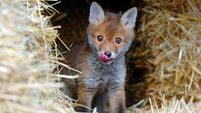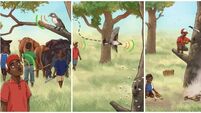Baby bats, 'big' bats all welcome — but the ultimate goal is to get them back home to their families
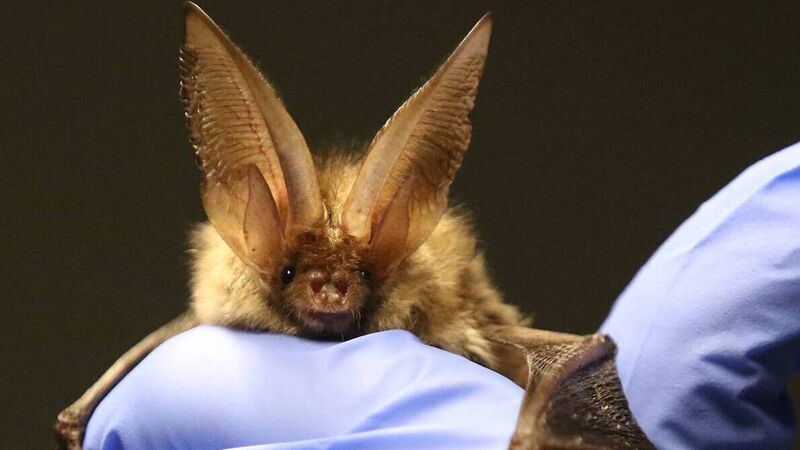
Bat Rehabilitation Ireland — bat hospital in Bruree, County Limerick. Picture Brendan Gleeson / Bat Rehabilitation Ireland
They keep her up all night with endless demands for milk — and then suddenly they're 'graduating'. And one of the best bits is that they don't stay in touch or miss her when they move on.
Susan Kirwin, founder of Bat Rehabilitation Ireland in Bruree in Limerick reckons she's pretty much nocturnal herself at certain times of the year as she tends to injured, lost, or displaced bats. But "if we can get the pups back to their roost and to their own families" then that's the best result, she says. Despite the milk feeds by dropper every 2-3 hours and all the mealworms and care lavished on them the bats don't imprint on humans at all so they're quite happy to be back in their own territory when they're old enough or fully recovered.
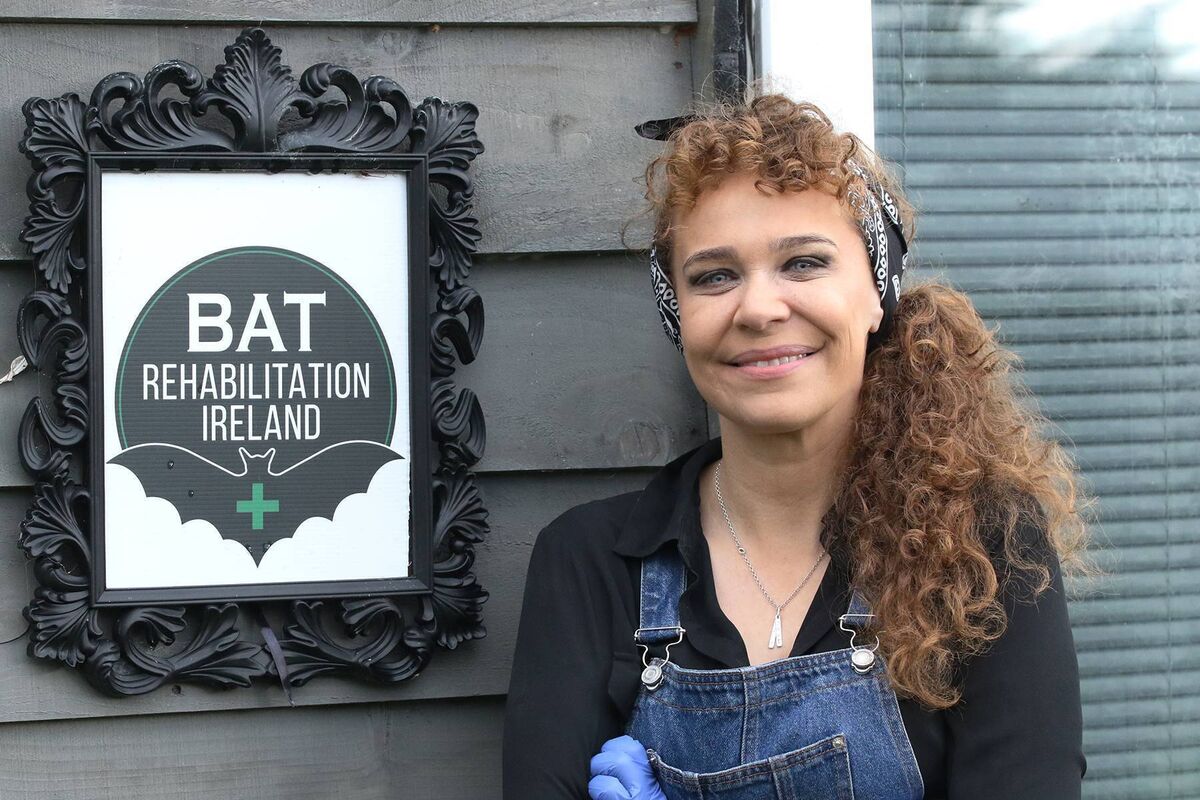
BRI founder, Susan, set up the rescue, rehab and educational charity after being diagnosed with cancer when she was aged 27 in 2008. She suffered insomnia during this time and sought solace in her back garden in Southill, Limerick. Here she discovered the proliferation of bats and became captivated by their habits and the fascinating method of communication using echolocation.
These days Susan is in good health again and BRI is a conservation partner with Dublin Zoo and is a contributor to the Darwin Tree of Life project — and handles up to 5,000 calls a year about bats. These calls can range from someone who has found a bat outside in the daytime to building project managers planning work on older buildings where bats may be roosting to someone who suddenly discovers a bat roost in a building or workplace.
Susan has a 'transport team' that brings injured bats from all over Ireland to her rehab centre in specially adapted boxes. Here they undergo nursing and rehabilitiation in BRI's purpose-built enclosed flight tunnels before they are released back into the wild again.
There are nine different species of bat here in Ireland — totalling millions of bats. These include three species of the mouse-eared bat (Myotis); three pipistrelle species; one species of the long-eared bat (Plecotus auritus); the Leislers bat (Nycatalus leisleri); and the lesser horseshoe bat (Rhinolophus hipposideros).
Living in colonies, these bats play a pivotal role in ecological balance, offering a natural form of pest control.
"They are an essential cog in our ecology and environment; the environment does not work if they are not there," emphasises Susan, whose background as a trained falconer provides a unique perspective on these creatures.
Threats to bats are habitat loss, use of pesticides, and human disturbance.
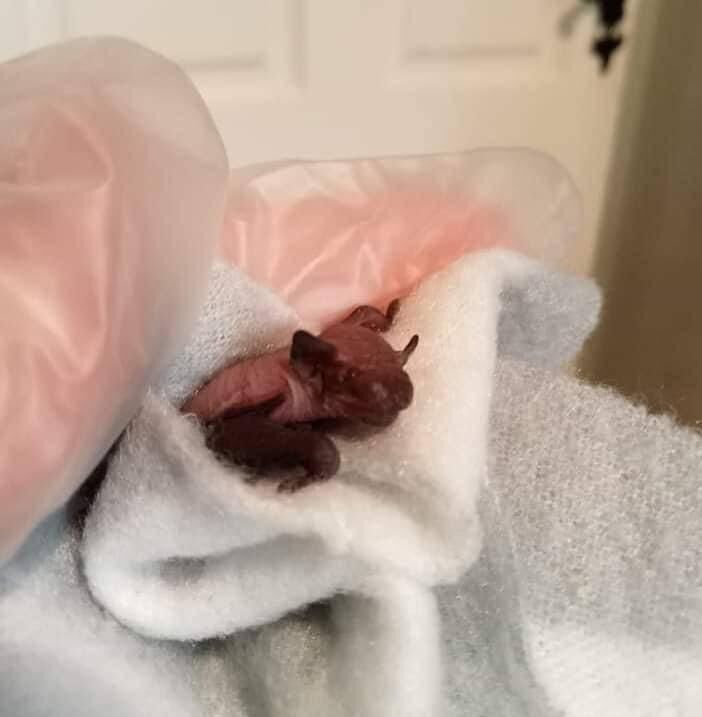
Like baby birds, very young bats can also get confused or over-ambitious and find themselves unable to find their way home. Then their cries of distress can actually prompt other young bats to also join them 'in trouble'. Situations like this can see Susan caring for more than 100 bats at a time.
This is what happened at the AIB bank in Blarney in Cork last year — some baby bats roosting in the attic came down through the roof. The staff called BRI and the bank was actually closed for a few days while the roof area was assessed and secured. The bats can still get in and out of their roost in the roof but can't get through to the working part of the bank.
"Bats, like people, need to return home to their familiar surroundings — they are released at the same place they were found. That's very important for them," adds Susan.
The soprano pipistrelles are tiny, weighing only a few grammes, and the babies are only about the size of a thumbnail.
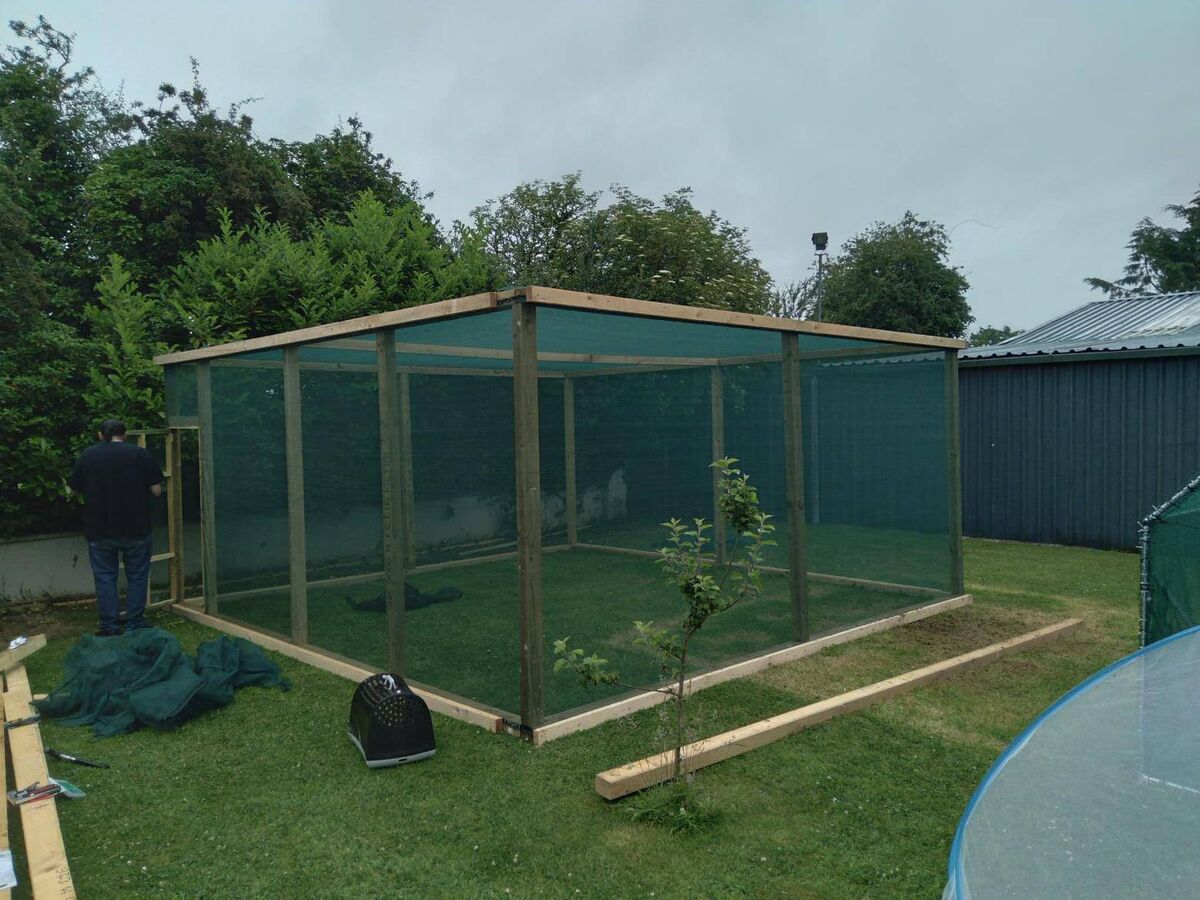
BRI has a bat flight tunnel which is a mesh-enclosed area measuring about 20 feet square. The mesh allows insects through so the bats can safely get their strength up and catch their own food when they are able.
Susan is keen to emphasise that bats are very timid creatures that prefer to avoid people. And they have no interest in flying into someone's hair either she notes. "They are very skilled at echolocating to avoid obstacles or people so the idea of bats tangling in someone's hair is a myth.
"If someone finds a bat in their garden for example they can, if they are comfortable doing this, put it into a small box to keep it safe. Bats are extremely gentle but they are still wild creatures so we would recommend wearing gloves. They can call us and we will take it from there then."
While Susan cares for all bat species needing rehab, her personal favourite species is the whiskered bat: "Most of the bat species are brown but this one is grey with a shaggy coat and is beautiful looking. They are actually quite vocal too which is interesting."
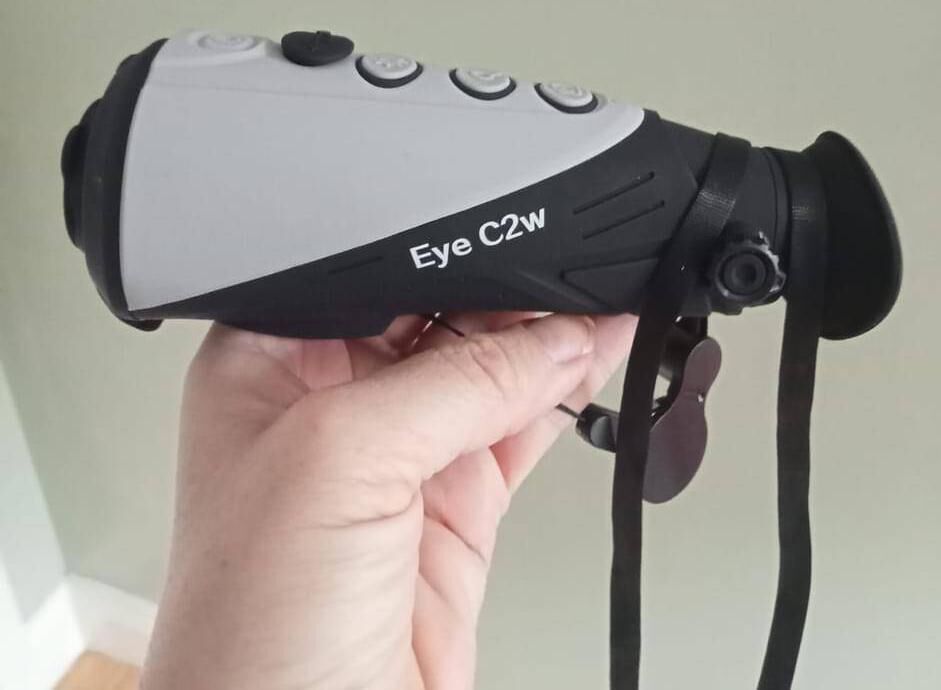
BRI has been given a financial boost with funding from National Lottery Good Causes. This has allowed the charity buy a night vision camera. This technology allows the organisation educate more people about bats on bat walks. Susan places recovered bat pups on a heat mat near their roost and then watches on the camera to make sure they are reunited with their mother.
"The night vision camera gives a magical view into the lives of these nocturnal creatures. It allows us to teach attendees how to identify species by their flight patterns during our bat walks. Night vision also allows us to identify exit and entrance points of bat roosts, vital when needing to reunite bat pups with their colony. The funding has been a game-changer for us. It allowed us to elevate our educational efforts and make a tangible impact on the community.”



